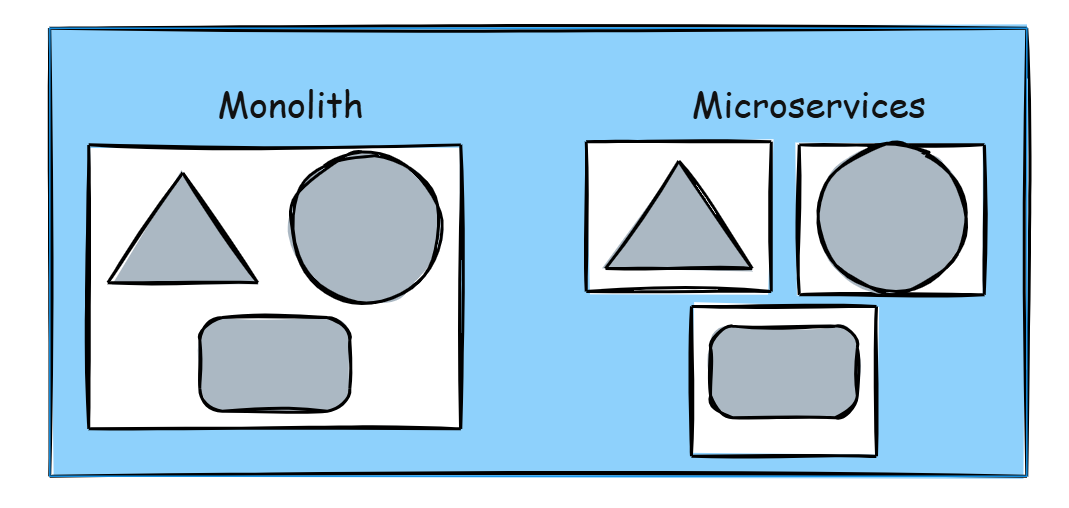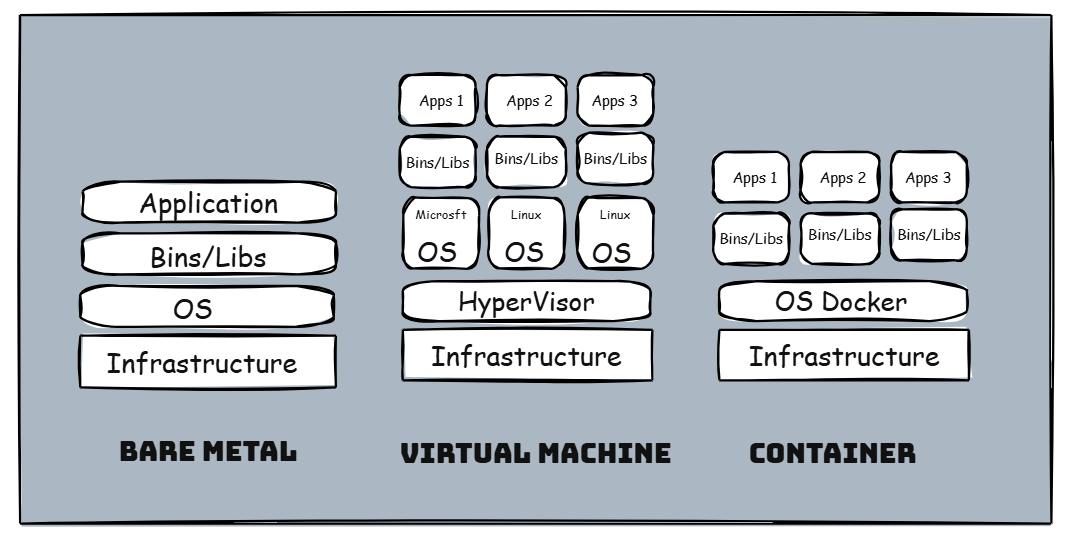- Netomate
- Posts
- Introduction to Container-Based Architectures
Introduction to Container-Based Architectures
A Simple Guide to How Containers Are Changing the Way We Deploy Applications
Container - It’s word that pops up everywhere right ? May be you have goen through few youtube videos .Many of them decent and good jobs explaining concept but here, I want to explain containers in a way that’s super simple, natural, and easy to relate and most importantly, these are my own notes as I’m learning this myself, and as I do, I want to make sure I learn and share along the way.
🚦 The Real-World Problem
Why we even need to know or care about container ?
If you have worked in deveolpment or IT operations, you might be aware of struggle
The code works perfectly in ppe enviornemnt or on deveoplers own machine
As soon as code is pushed on production ? Error , crash , mismatch some or other issue
This disconnet between Dev and Ops is frustrating — it’s sometime costly for companies .And even it today’s exponentially growing tech , its not expected move slow or break things in production. . So what’s the fix ?
📦 Enter Container-Based Architectures
We can say Container is solution of the problem . It packages everything application needed - the code , the runtime, libaries and dependencies —- into a single unit .Thus making apps:
Easily to deploy
Easier to Update
Easier to run on any machine
🧱 From Monolith to Microservices
Let’s look at architecure now →

On the left, you have a traditional way (Monolithic) — all parts of the application bundled together (…all one big block).
On the right, you split that into smaller services ( Microservcies )— each one running independently in its own container .
Why this is awesome:
You can scale each part separately.
You can update one service without touching the others.
You can deploy services faster and with fewer errors.
Deployment Models: Bare Metal → VMs → Containers
We had bare Metal , VMs then whey there was need of Container .Lets see difference of all three in simplastic way :

Bare Metal
Apps runs directly on the OS . One change or update has potentail to break everything .Its headache for Dev /OPS to troubleshoot or update
Virtual Machines
Apps now run inside a full virtaul OS .Its more stable but use lot of resourse and is bit slow to start .Each VM can be servaral GBs in size .
Containers
APps shre the Host OS but are completed isolated to each other .Container starts in second and use less resourse .Its portable ,easy to move scale and replicate.
USP — > One container = One service = Super clean and efficient
🧠 How Containers Work
Imagine a container like a lightweight box that holds your application code , all dependencies it need to run and contains seetinga nd config file.
Now, imagine these containers running on your system, isolated but lightweight — just like you ahve multiple apps installed on your phone.
Technically speaking:
Containers run in a namespace — a sandboxed space on the host OS.
They behave like mini virtual machines, but they’re just regular processes.
They share the host’s kernel but are managed separately.
⚙️ Why Developers and Engineers Love Containers
Fast to Start: Seconds, not minutes
Clean Deployments: No leftover or conflicts
Repeatable: “It works on my machine” becomes “It works everywhere”
Composable: Build systems from plug-and-play components
Scalable: Quickly spin up more containers during high demand
🧰 Example Tools and Features in the Container Ecosystem
Docker – The most popular tool to create and manage containers
Docker Compose – To define multi-container setups
Kubernetes – For large-scale orchestration
Monitoring & Telemetry – Containers can be monitored app-wise, not just machine-wise
🧪 For Network Engineers: Why It Matters
Containers aren’t just for app developers — they’re changing network automation too:
Run various tools like NetBox, or custom scripts in containers
No OS dependency: works on Linux, Mac, or Windows
Spin up test labs, tools, or dashboards in seconds
Extend network devices with containerized apps — safely and easily
🔚 Wrapping It Up
Containers are transforming how we build, deploy, and scale applications. They’re:
Lightweight
Fast
Isolated
Portable
Whether you're a developer, a DevOps engineer, or even a network engineer, learning Docker and containers will level up your game.
Reply